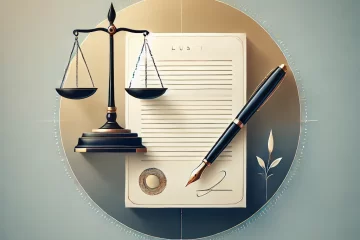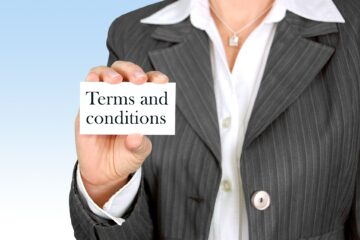![]()
“verba volant, scripta manent”
(spoken words fly away, written words remain)
Introduction
Almost every profession requires a quality that they can use to preserve their career. For a lawyer it is the ability in writing and speaking. The skill to draft well is the skill to think and communicate well. A legal document is one of the most important tools in the legal profession. A good legal document is a solid statement and can make or break a matter.

A legal document’s intention is to inform and engage both the client and the Court of the matter, whether it is a contract, a written statement, or an affidavit. It is crucial to draft all legal documents accurately and clearly show all essential facts and to involve a layman in the content of the documents. It is also necessary to understand the role a legal document has to fulfill. The writing of a legal agreement is necessarily in such a manner that it lays out categorically the legal question, the client’s claims, and the solutions requested if any.
The drafting method works in two senses: the conceptual and the verbal. The draftsman is searching for the right words, as well as the right definitions. Drafting is thus first thought, and then writing.
The identities, specification, and addresses of the parties to the instrument must be ascertained by a draftsman in the first place. He must obtain the information on all the relevant matters that are a requirement to form part of the instrument. He should also write down any clear instructions or stipulations with the clause that is to be taken into consideration and integrated into the instrument. A draftsman ‘s job is to clearly and concisely communicate the parties’ intent in technical language. For this he should first have a good understanding of what such purposes are.
Organize Writing
The key to successful law-writing is organization. Use visual clues to guide the reader to create a route map for your writing. introduce each paragraph with a theme sentence, and use headings and subheadings to break up text blocks and limit each paragraph to a single topic, summarize your message with a final phrase or paragraph. This structure directs the reader through the text and encourages readability.[1]
Know your Audience
The contents of a document vary according to the intended audience. Have a clear idea of the audience and their unique needs as the document is prepared. E.g., whether it is a recommendation for a company, it needs to evaluate the problems, disclose the state of the law, and suggest a reasonable course of action.[2]
Be Clear and Concise
During legal writing ensure the sentence form simple and succinct. describe the technical terminology at the beginning of the paper which is used frequently in the writing to prevent misunderstanding stop utilizing lengthy, complicated terms. and use other simple alternative to Effectively compose sentences, Law has its own vocabularies or jargons. Understand it before using it. Regardless of what jargons are, keep consistency, develop simplicity, and don’t use unnecessary jargon.
Correct Legal Points, Critical and Analytical Thinking
What makes a legal document superior to the other is the legal points mentioned for this the author should know the correct legal point to apply. For this the author should have a good understanding of the facts, then only the author can understand the legal complication of the case. This needs extensive research of the law: (a) implicated by the facts; and (b) implicated by the subject matter of the document.[3]
The author, depending on the document should be drafted and research based on analytical thinking, answering different possible scenario with respect to the case will help in the long run.
Edit repeatedly
There is no guideline as to how many drafts you need to make, but if the first draft is submitted as a final document, it is doubtful that you will impress the audience. In legal writing careful proofreading is critical. Check for spelling, punctuation, or grammatical mistakes in the document to be submitted and rewrite words where appropriate.
FEW OTHER POINTS TO KEEP IN MIND
- Use of reference material
- Introduction of context
- Description of facts in chronological order
- Use Active Voice instead of Passive voice
- Understanding legal terminologies.
- Techniques for editing and re-reading[4]
- Put yourself in the place of the reader- Read the document and meet the requirements about the content, interpretation, and the sense it carries.
Conclusion
Legal Drafting is an art, more than a set of guidelines. One should keep the points mentioned in this article while drafting.
[1] Sally Kane, 7 Ways to Improve Your Legal Writing Skills
[2] Julie Clements, Legal Drafting – Tips for Lawyers to Improve Documentation
[3] David E. Pierce, Professional Skills Instruction: Introduction to Legal Drafting, Business and Transactional Law Center Washburn University School of Law
[4] Reynaldi Rafi Pramana, Amanda Raissa, Astria Yuli, Satyarini Sukendar, Farahdila PutrI Masrino Ganapradipta
The Importance of Legal Writing; favourite drafting methods



0 Comments